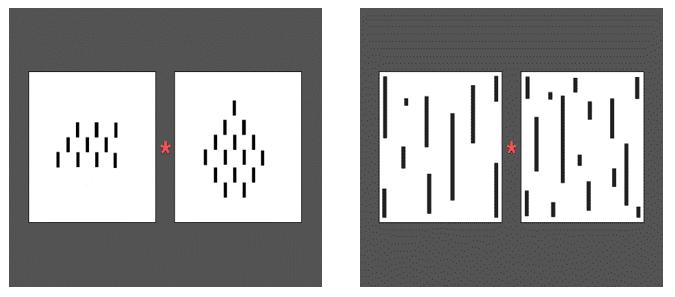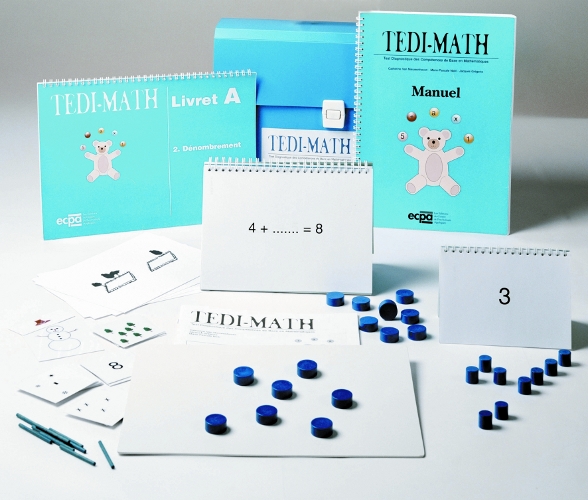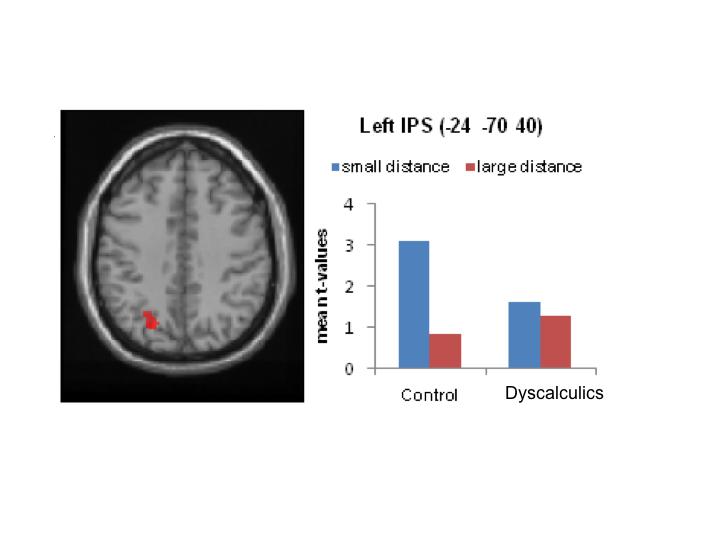°äłóľ±±ô»ĺ°ů±đ˛ÔĚý
1. Development of number magnitude representations in children

Ěý

Ěý
2. Developmental dyscalculia
→ Study of the influence of cognitive factors on developmental dyscalculiaĚý
Ěý
ĚýGeneral cognitive factors:
- Working memory
- ĚýInhibition
- ĚýLong-term memory
- ĚýFĚýinger gnosis
Numerical cognition factors:
-
Deficits in basic number processing: deficit in the magnitude representation of numbers or in the connection between this representation and number symbols
Ěý
→ Case studies of children and adults presenting developmental dyscalculiaĚý
Ěý
→ Study of the neuro-functional bases of developmental dyscalculia
→ Development of diagnostic tools (available in German, Dutch and Spanish)

3. Number processing in population with genetic syndromesĚý
→ Study of symbolic and non-symbolic number representation in patients with Williams syndrome, Turner syndrome or 22q11 syndrome: impact of their visual-spatial impairment
4. Interaction between the development of language and number processing
Ěý→ Development of number magnitude representations in relation with the development of language in childrenĚý
→ Development of number magnitude representations in children with specific language impairment
ĚýResponsableĚý: Pr.ĚýMarie-Pascale NOEL

